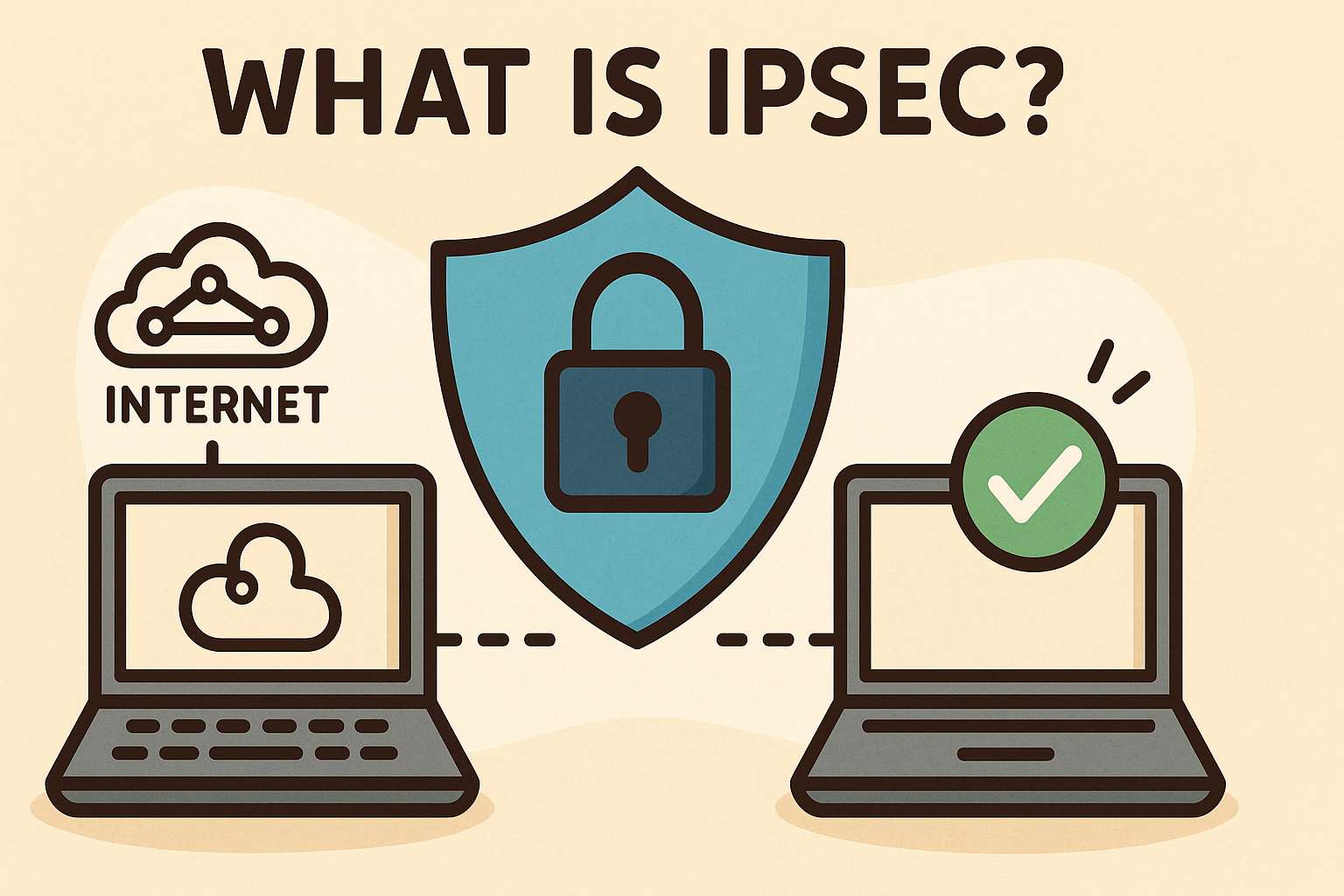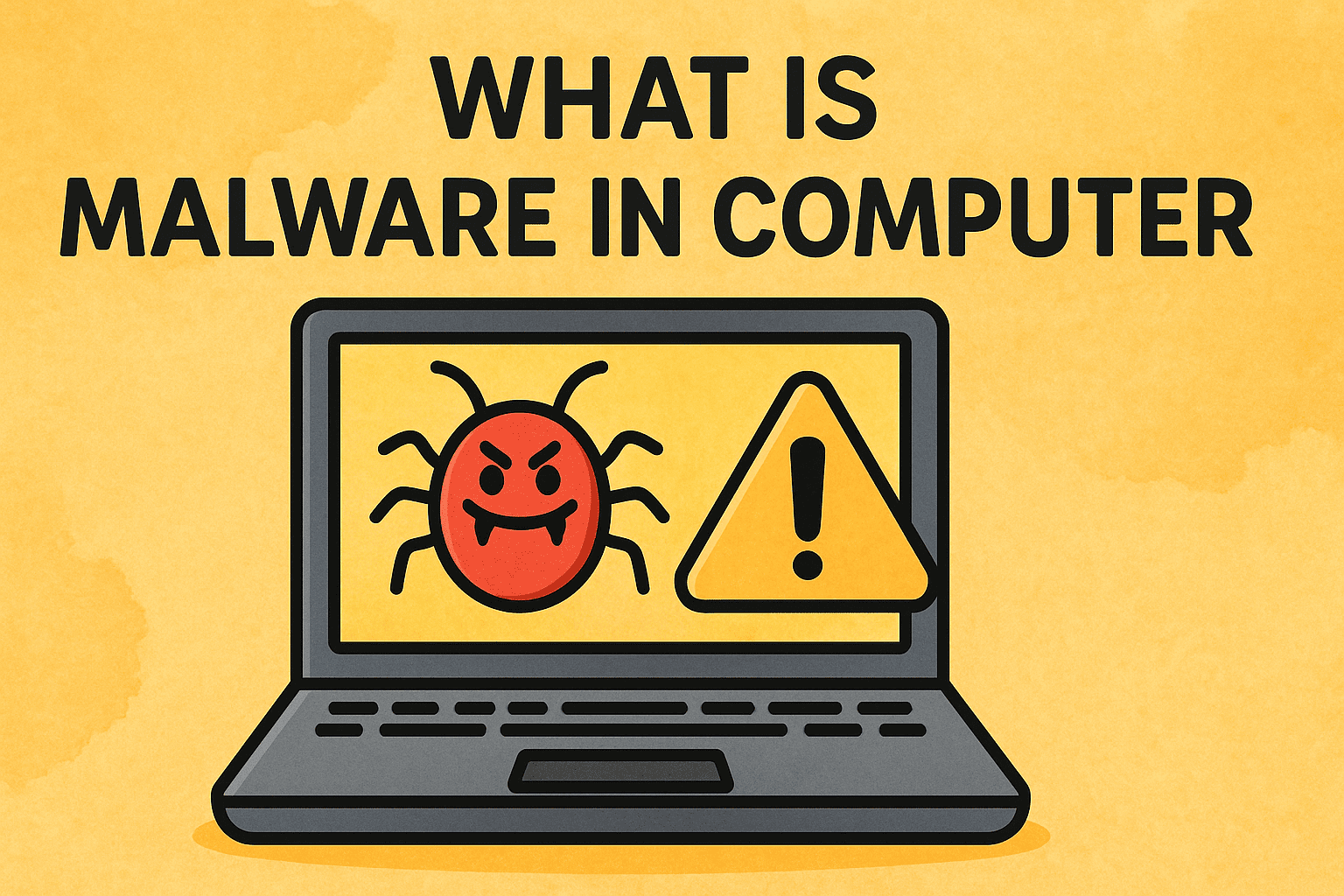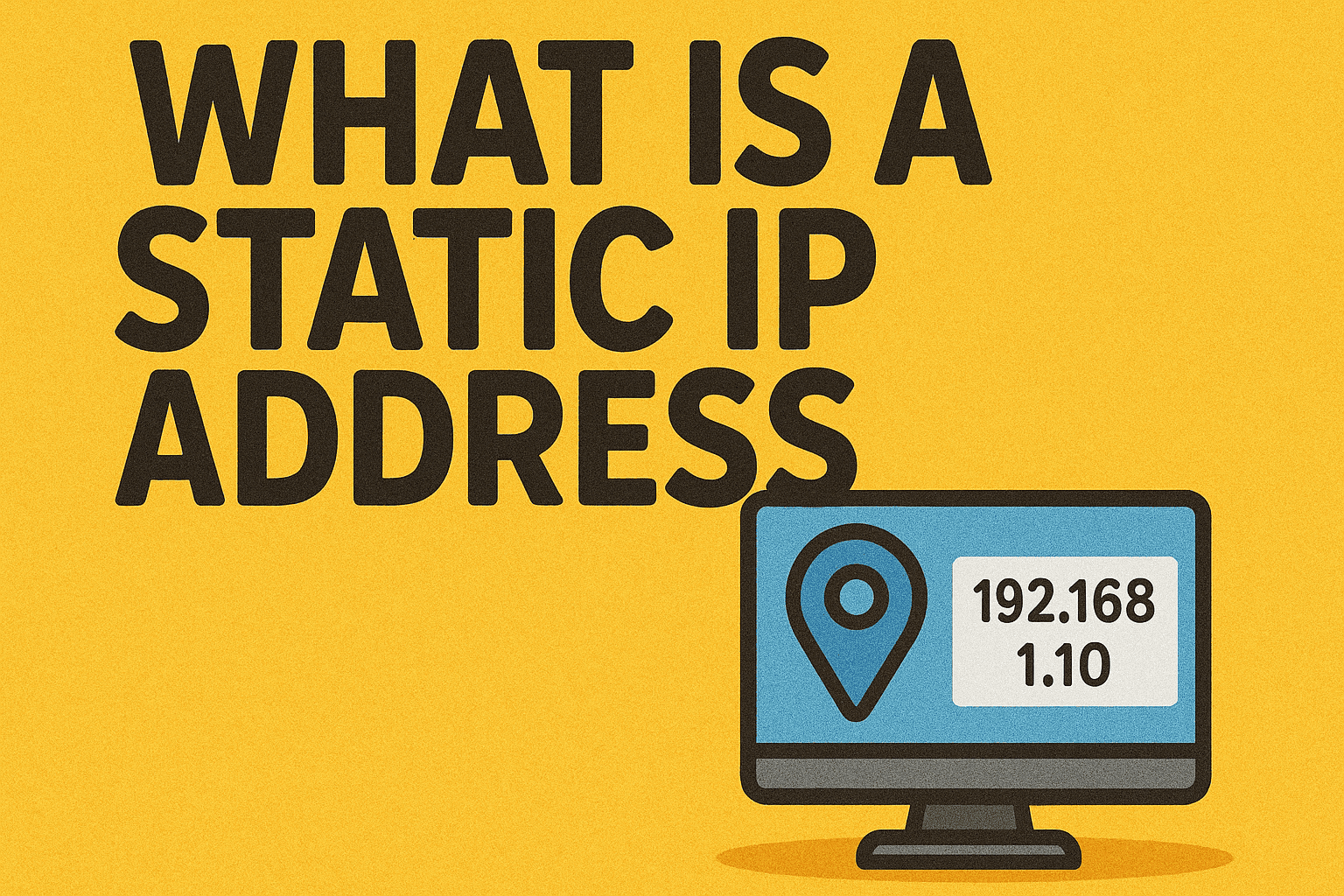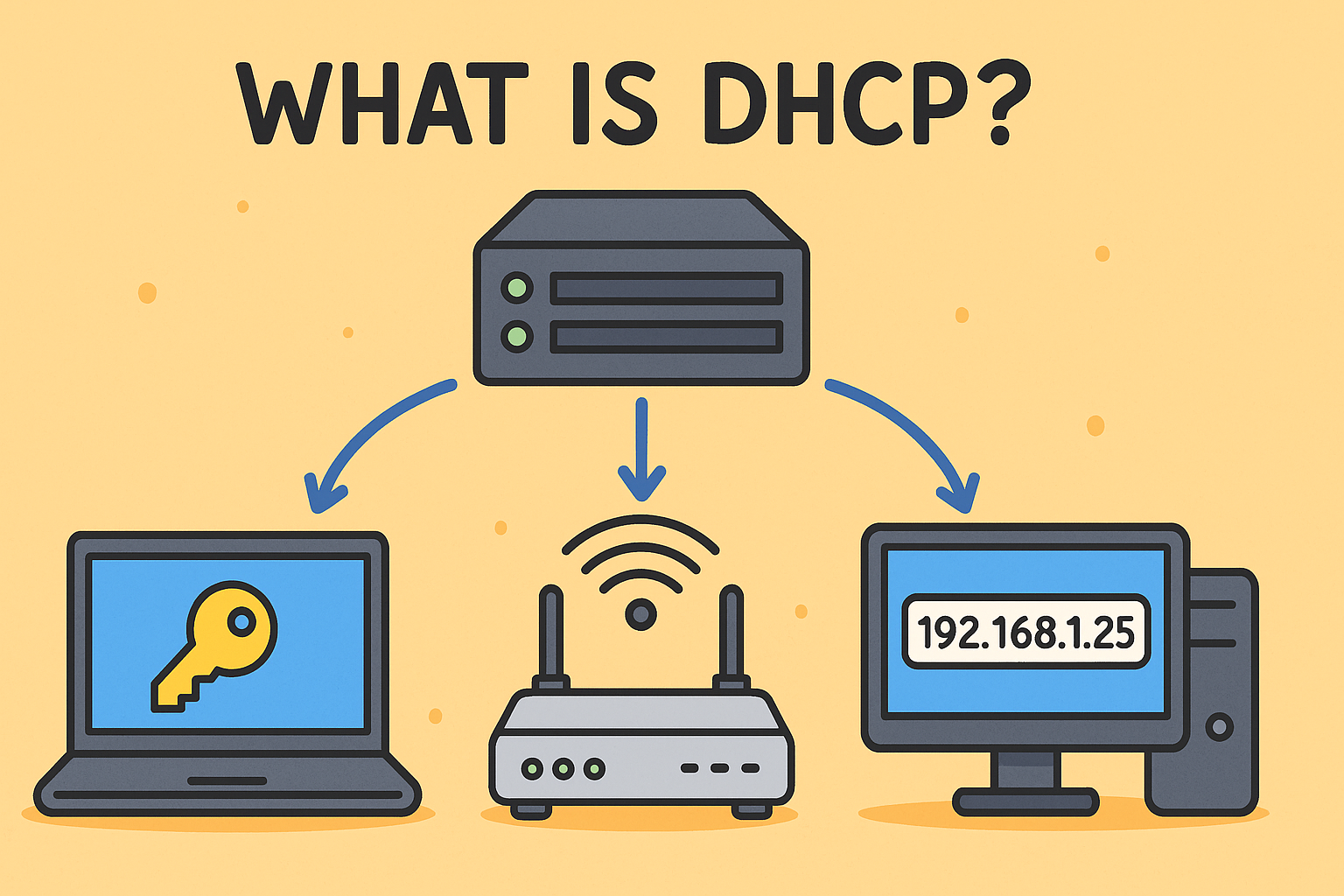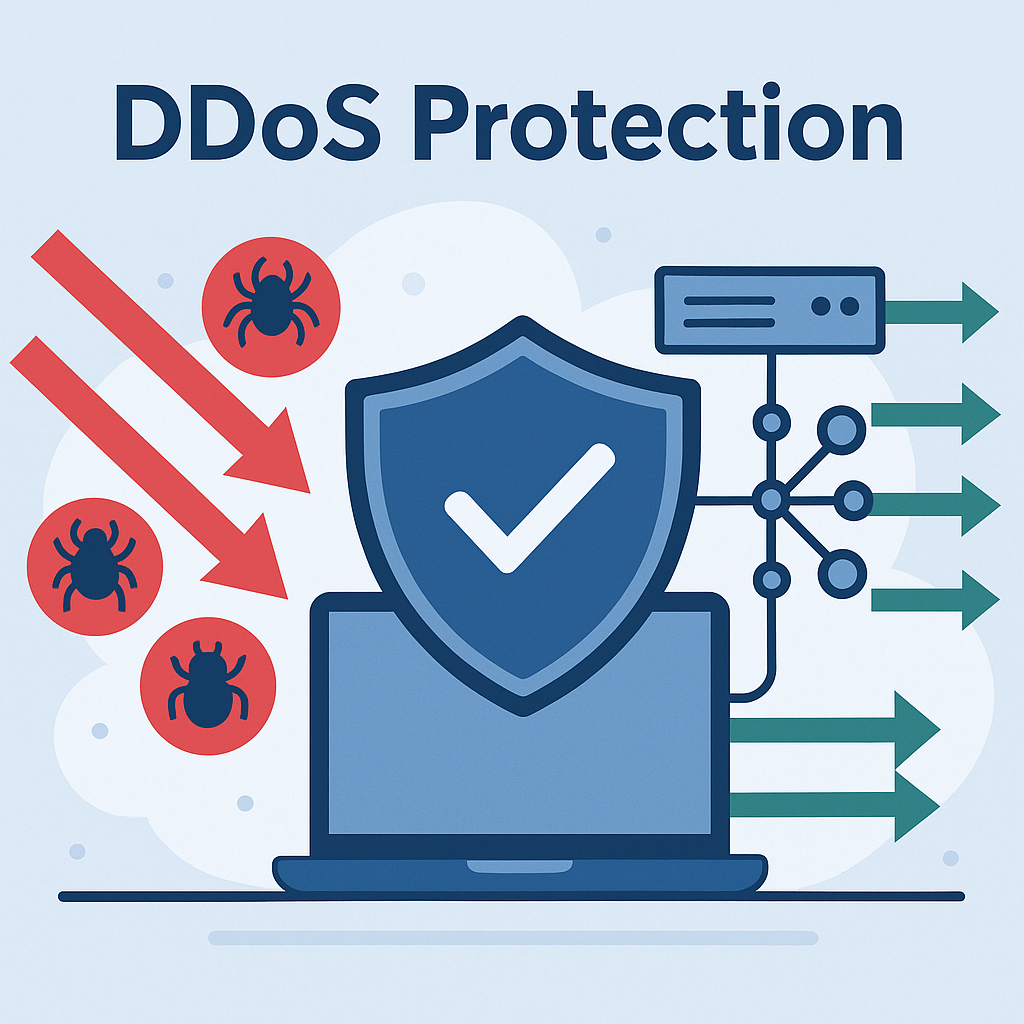How Can Malicious Code Do Damage? Understanding Threats Hiding in Your Network
Updated on May 14, 2025, by Xcitium

Every day, organizations face invisible threats that can disrupt operations, steal sensitive data, or open doors for larger, coordinated attacks. These threats aren’t always obvious. Often, the culprit is hidden deep within a file, email attachment, or seemingly harmless piece of software — malicious code designed to deceive and destroy.
But how can malicious code do damage, and what does it actually look like in action?
Let’s break it down in practical terms, so you can recognize the threat before it hits — and take action now to prevent it.
What is Malicious Code?
Malicious code is any code — script, executable, macro, or even legitimate-looking software — that performs unwanted and harmful actions on a system without the user’s informed consent. It can be embedded in web pages, email attachments, mobile apps, or delivered as part of a targeted cyberattack.
Unlike traditional viruses that often announce their presence through obvious system disruption, today’s malicious code is more subtle, stealthy, and sophisticated. It may operate silently in the background for weeks or even months before executing its payload — by then, the damage is done.
The Many Faces of Malicious Code
Malicious code can take many forms:
- Ransomware that encrypts your data and demands payment
- Spyware that silently observes your every keystroke
- Trojans that disguise themselves as legitimate apps
- Rootkits that provide long-term system control
- Worms that replicate across networks without user interaction
But the form is only the beginning. The real danger lies in the tactics malicious code uses to gain access, avoid detection, and deliver damage.
Unauthorized Remote Access: Giving Hackers the Keys to Your System
One of the most dangerous outcomes of malicious code is that it can silently grant unauthorized remote access to your systems. Once inside, attackers don’t just watch — they take control.
This type of access allows cybercriminals to:
- Steal or delete sensitive data
- Install additional malware
- Monitor user activity in real time
- Use your system as a launching point to infiltrate others
Often, the malicious code uses backdoors or Remote Access Trojans (RATs) to establish a connection to an external server. From there, attackers can move laterally across your network, evading traditional security controls.
You may never know you were breached until it’s too late.
Browser Hijacking: Redirecting Trust for Profit and Theft
Another insidious form of damage comes through browser hijacking — a technique where malicious code takes over a user’s browser settings.
The result?
- Search results get redirected to malicious sites
- Fake pop-ups and alerts push users into clicking malware
- Login credentials entered on fake pages are harvested
- Ads and sponsored content generate revenue for attackers
These attacks are often delivered through drive-by downloads — simply visiting a compromised website is enough to activate the code.
Once hijacked, your browser becomes a tool for fraud — not only putting you at risk but also potentially endangering your clients and partners if you’re tricked into spreading the infection.
Zero-Day Exploits: Attacks That Strike Before You’re Ready
One of the most devastating methods malicious code uses is the Zero-Day Exploit.
These exploits take advantage of unknown or unpatched vulnerabilities in software — flaws that even the vendor doesn’t yet know about. Because no defense exists at the time of the attack, zero-day exploits are incredibly effective and often deployed in highly targeted intrusions.
The malicious code using a zero-day may:
- Escalate privileges and bypass authentication
- Disable antivirus and monitoring tools
- Install ransomware without triggering alerts
- Exfiltrate sensitive data undetected
Zero-day attacks don’t just break in. They bypass every alarm and camera on the property — because those defenses don’t even know what to look for.
Man-in-the-Middle (MITM) Attacks:
When malicious code is used to intercept and manipulate communications between two parties, it’s known as a Man-in-the-Middle (MITM) attack.
Here’s how it works:
- The attacker inserts themselves between the user and the destination (e.g., a bank website, email server, or VPN)
- The victim thinks they’re communicating securely
- In reality, the attacker can see, alter, or steal all transmitted data
MITM attacks can happen over unsecured Wi-Fi, through compromised routers, or even using malicious browser extensions.
Malicious code facilitates this by injecting itself into network traffic or redirecting DNS queries — and once in place, it can silently harvest login credentials, session tokens, or sensitive files.
The True Cost of Malicious Code
The damage isn’t always immediate. That’s what makes malicious code so dangerous.
Over time, malicious code can:
- Drain financial accounts
- Corrupt or erase critical data
- Expose sensitive customer or employee information
- Ruin brand reputation
- Trigger legal liabilities and regulatory fines
- Leave backdoors for future attacks
And all of it can happen silently — until it’s too late.
Why Detection-Based Tools Aren’t Enough Anymore
Most organizations rely on detection-based tools like antivirus or traditional EDR (Endpoint Detection and Response). But malicious code is evolving faster than these tools can adapt.
Modern attackers use obfuscation, fileless malware, and polymorphic code to avoid detection altogether. By the time something is detected — damage is already done.
The truth is: detection is reactive. Protection must be proactive.
How Xcitium Prevents Malicious Code from Causing Damage
At Xcitium, we take a different approach.
Instead of relying on detection, we use ZeroDwell Containment to proactively isolate all unknown code — even if it’s never been seen before.
Here’s how we protect your environment from the inside out:
✅ Prevent Unauthorized Remote Access
Our containment engine ensures that unknown executables — including backdoors and RATs — can never communicate out or take control of your system.
✅ Block Browser Hijacking in Real Time
We analyze browser behavior in virtualized environments to prevent hijacking, redirects, or credential theft before it happens.
✅ Stop Zero-Day Exploits Cold
Even if a vulnerability is unknown, our containment isolates the application environment — preventing the exploit from reaching the system or the user.
✅ Defend Against MITM Attacks
With deep network monitoring, SSL inspection, and behavior isolation, we stop MITM attempts from ever completing their handshake.
Xcitium assumes every file is guilty until proven innocent — that’s how we prevent damage, not just detect it.
What You Can Do Right Now
Malicious code is not a future threat — it’s a present danger hiding in plain sight.
Don’t wait for the alarm bells. Take action today:
🔍 Get a Free Endpoint Risk Assessment
Find out where your current tools are falling short.
🛡️ Run a Free Forensic Scan of Your Environment
See what your current provider is missing — with no commitment.
🚀 Experience Xcitium’s ZeroDwell™ Technology
Protect your business before damage is done. We’ll show you how.
👉 Run Free Scan Now — because hoping you’re safe is not a security strategy.






